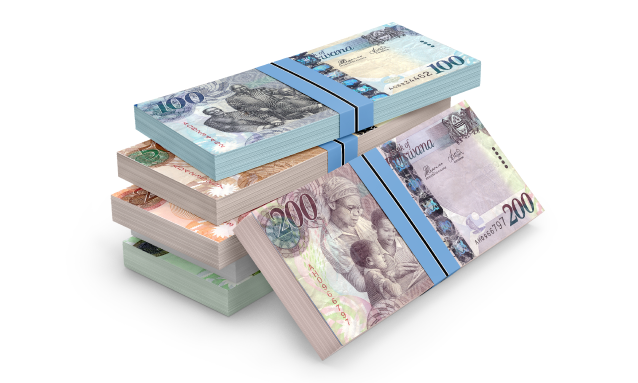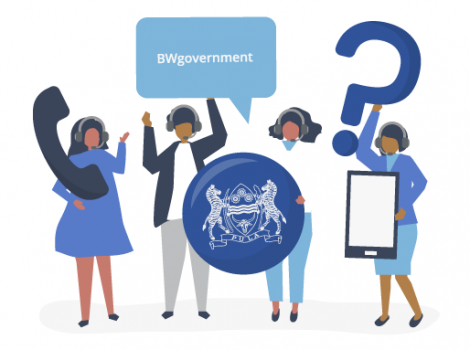
The Government’s investment account, which was at one stage at a record low, is making a dramatic back, nearly tripling between December 2020 and January 2021.
The improvement is expected to give the Government breathing space while it seeks to raise money to replenish the account that was affected by massive withdrawals last year. Data released by Botswana’s central bank, Bank of Botswana last Friday pegged total foreign reserves at P58.6 billion in January, a 14.8% decline from January 2020’s P68.8 billion. Botswana’s foreign reserves are made up of the liquidity portfolio, the Pula Fund and the International Monetary Fund (IMF) reserves. According to Bank of Botswana, which manages the foreign reserves, the liquidity portfolio is a money market and fixed income fund that provides a buffer for short-term trade and investment requirements.
The portfolio is further split into the Liquidity Investment Tranche (LIT) and Transaction Balance Tranche (TBT). The TBT caters for any short-term needs for foreign currency while the LIT provides further support for medium-term funding.
The funds that can be withdrawn and used by the Government are held in the Government Investment Account (GIA) – part of the Pula Fund established in 1994 as a long-term investment portfolio. The fund is used to preserve part of the income from diamond exports for future use. Before the financial crisis of 2008/9, the Government investment account had a healthy balance of P30.5 billion in December 2008.
The fund had its biggest knock in 2020, ending the year with P2.8 billion, lower than the P20 billion it began the year with. This indicated that P17.2 billion or 86% of the funds was used in 2020. The depletion was attributed to frequent withdrawals by the Government to plug the budget deficits caused by high spending. Between 2017 and 2019, budget shortfalls have added to P21.8 billion, while projections for the 2020/2021 financial year point to an all-time high budget deficit of P21 billion.
In the latest update from the central bank, which is the custodian of foreign reserves, the Pula Fund staged a recovery in January as it increased to P7.4 billion. However, on a yearly basis, the Pula Fund has a long way to go to the P20 billion it held in January 2020. The improvement in the buffers comes in the wake of a strong recovery in the diamond industry, with diamond sales in the first quarter of 2021 returning to pre-COVID-19 levels. Last week, De Beers disclosed that it will likely earn $440 million from diamonds sold in the third sales cycle – which ran from 22 March to 6 April. The estimated figure is lower than the second sales cycle that netted $550million and the first sales cycle which brought in $663 million.
Still, the Finance and Economic Development Ministry has projected further budget outruns for the financial years 2021/22 and 2022/23. Unlike in previous years, the country’s net position is not strong and has been advised not to draw down from the Government investment account. That’s because the main source of financing for the anticipated deficits has been done in the past, said the then Finance and Economic minister Dr Matsheka, who was last week replaced with Peggy Serame, initially at Trade and Investment Ministry.
Source: http://www.sundaystandard.info/foreign-reserves-show-improvement-but/
27 April 2021 – By Sunday Standard Reporter



